The Kangal is probably one of the most impressive dogs in the world. Just a few years ago, this dog breed was the absolute exception in German towns and villages. Recently, however, the large herd protector has also become increasingly popular in Germany. However, the independent breed is not suitable for everyone and keeping it can be a real challenge.
Kangal or Karabash: what's the difference?
According to its official name, the Kangal is an Anatolian shepherd dog. In its home country, Turkey, the intelligent black-headed dog is originally called Karabash. An extremely influential Kangal family lives in the Turkish province of Shivas. They began to professionally breed the giant herd protectors very early on. The Karabash owes its new name to them. Ultimately, the same guardian is always meant.
Big, bigger, Kangal!
When meeting a Kangal for the first time, many a two-legged friend has a fair amount of respect. No wonder. After all, with a height at the withers of up to 81 centimetres, this handsome male weighs in at a hefty 65 kilograms. Although bitches are slightly smaller at 71-79 cm, they are still larger than many of their female counterparts.
If you are considering getting a Kangal puppy, always bear in mind that this cute little dog will grow into a real giant over time and will need plenty of space. You also need to consider the size of the dog when choosing a place to sleep. Like all other dogs, this breed needs enough space to be able to stretch out lengthwise. We have a selection of orthopaedic dog beds for large dogs. Here, the intelligent herd protector can snooze to his heart's content and relax his athletic body. But always remember: Kangals were originally bred for outdoor work. It is therefore not surprising that these handsome dogs quickly get too warm. Our temperature-regulating dog bed cover made of fine Alltid fabric has been specially developed for this purpose.
The Kangal has its very own character
Kangals are originally found in Turkey. There, in the mountainous regions of Anatolia, the intelligent dogs and their ancestors have been guarding and defending sheep and other animals entrusted to them for around 10,000 years. The herd protectors are often left to their own devices for weeks at a time and make their own decisions.
Even though most herd protectors no longer fight bears and wolves, this ability still lies deep in their genes. It is therefore not surprising that the dog breed is considered to be particularly independent and territorial. Of course, every dog is an individual and has its very own character traits. But the basic tendencies of this breed are those of an independent guardian and protector. This is why there are always conflicts between the herd protectors and their conspecifics when they meet other dogs. A Kangal is not a pack animal in the conventional sense. The imposing giant does not want to play with other dogs, but sees them much more as a threat to its territory. Even if the dog may appear completely calm and relaxed on the outside, don't let this fool you. Dogs of this breed can react with lightning speed and defend their territory if they deem it necessary.
You must always be aware of this when you are thinking about keeping a Kangal.
The correct keeping and care of a Kangal
At first glance, this dog breed is one of the easiest to care for. After all, the dogs do not require excessive grooming and are considered to be particularly robust. However, the Kangal is a very active and persistent dog. Due to its enormous strength, you should choose a lead that is robust and sits comfortably in your hand for walks together. In our range you will find high-quality dog leads made of leather or rope. A drag line is particularly suitable for free-range training. It offers the powerful giant a large radius of movement and still allows you to intervene quickly in dangerous situations. Please always remember to lead your Kangal on a harness to avoid injury to the extremely sensitive cervical spine.
Dog sports are not recommended for Kangals. This would lead to his joints being overloaded in the long term. You should also avoid hectic games, as the herd protectors get very excited too quickly. Fun quickly turns serious and, in the worst case, the dogs defend their territory or their prey.
Nevertheless, every Kangal needs a job. This is the only way they can follow their true purpose.
These elegant and athletic four-legged friends are not companion or family dogs. They are protectors and need a large garden and ideally a herd of their own that they can guard. Leisurely and extensive walks also suit this breed's pronounced urge to move. As these dogs are extremely intelligent, you can score points with them with nose work and intelligence games.
This dog breed is not suitable for beginners under any circumstances. It needs very clear, consistent and confident leadership - but of course far away from any aggression or violence. Even if you are very experienced with dogs, living together with a Kangal can prove difficult. Ultimately, it is the dog itself that decides whether it can and wants to show its human the necessary respect. However, once you have won the heart of a Kangal, you have gained a caring, loyal and reliable friend for life
Typical diseases of a Kangal
Due to its originality, the Kangal does not have to struggle with breed-related hereditary diseases. However, the dog breed is prone to osteoarthritis due to its impressive size. This degenerative joint disease is accompanied by severe pain and restricted movement. However, you can optimally prevent the disease and alleviate the symptoms by ensuring your dog has a healthy diet. Even though Kangals are very frugal when it comes to nutrition, these large dogs still need a sufficient supply of important nutrients. Joint food in the form of chondroitin and glucosamine can also make life easier for the giant.
The old saying "You made your bed, now lie in it" is particularly true for large dogs. As the Kangal likes to spend a lot of time outdoors in all weathers and prefers to defend its large garden on its own, you should also offer it a suitable place to lie down. Our JOKKMOKK outdoor dog mat is ideal for this. The orthopaedic mat is not only water-repellent and robust, but also provides your Kangal with optimum joint support.
Is the Kangal even allowed in Germany?
In principle, you are also allowed to keep Turkish Shepherd Dogs in Germany. However, in some federal states, the breed is classified as a listed dog. Here you need an owner's license and have to pay increased dog tax.
Do you have experience with a Kangal shepherd dog? What are your tips? We look forward to your comment.
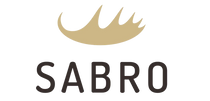

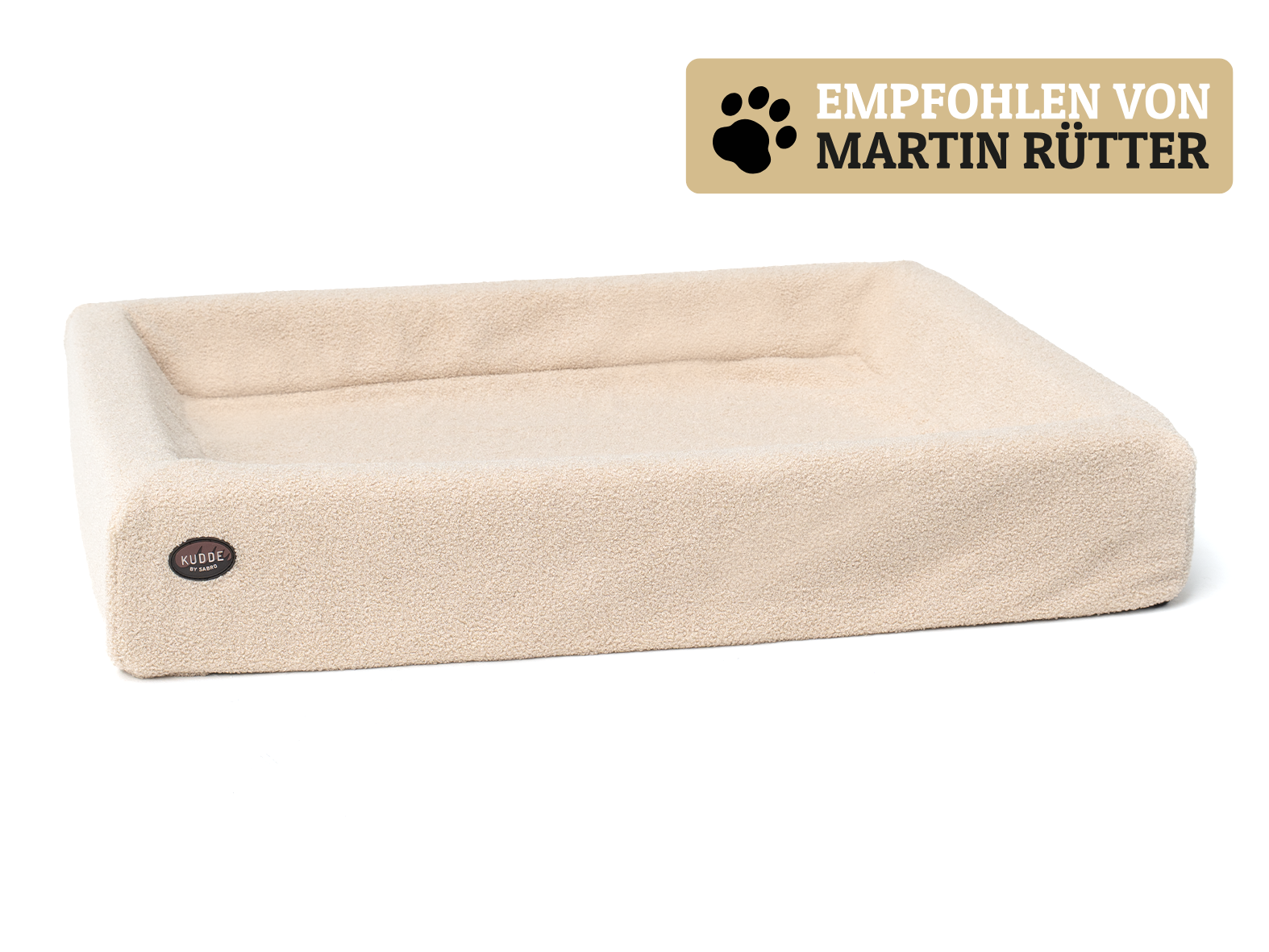
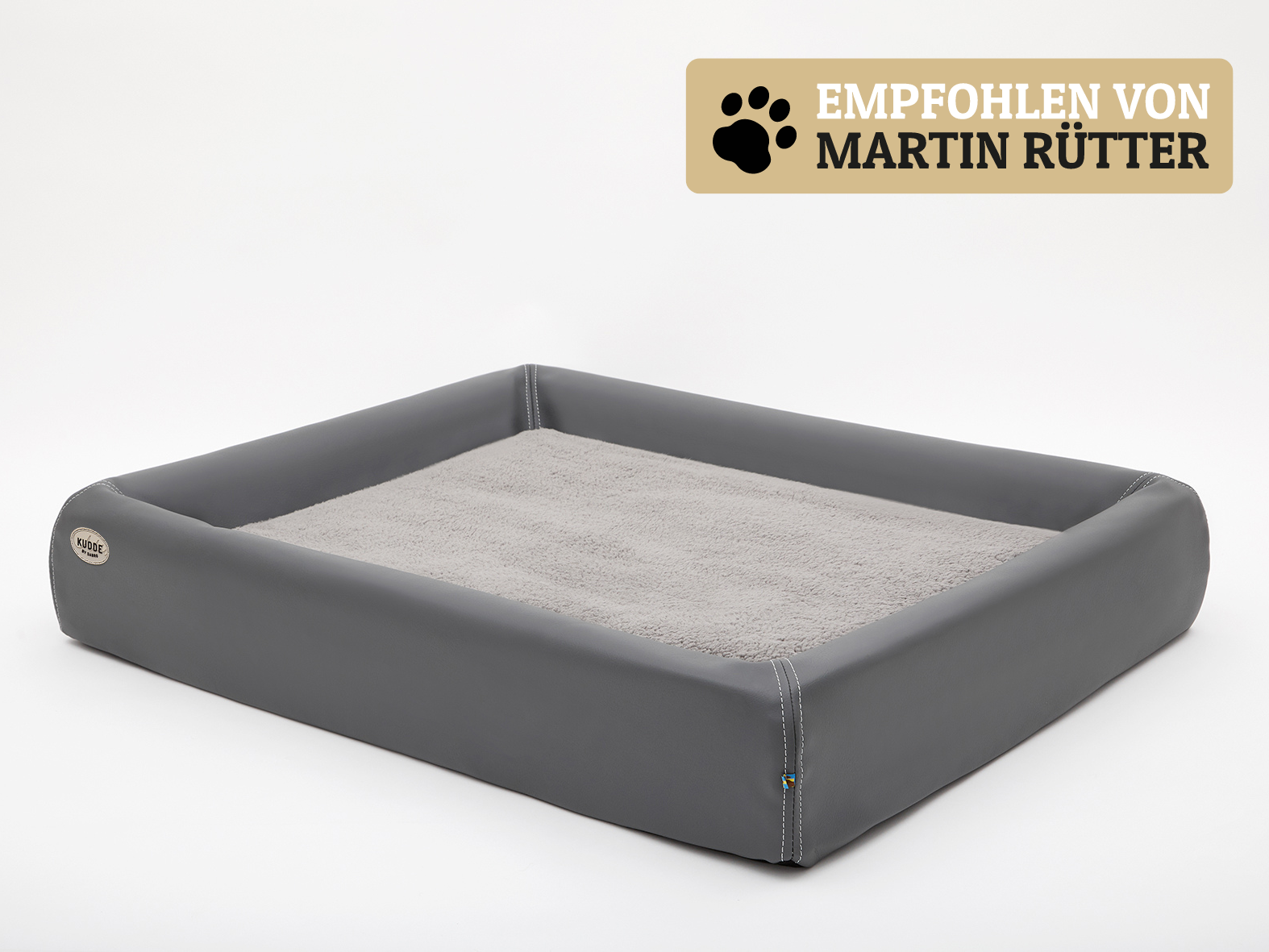
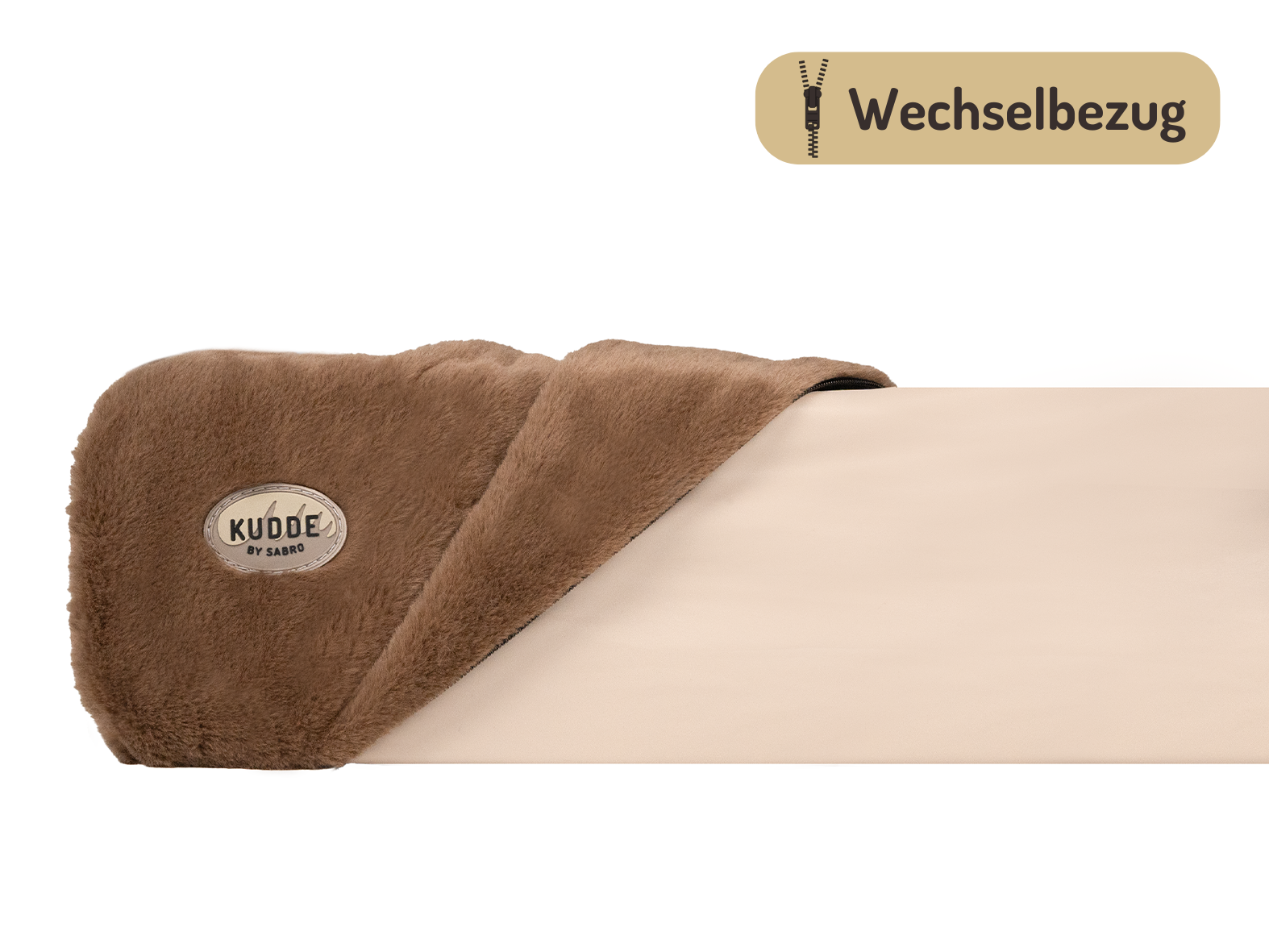
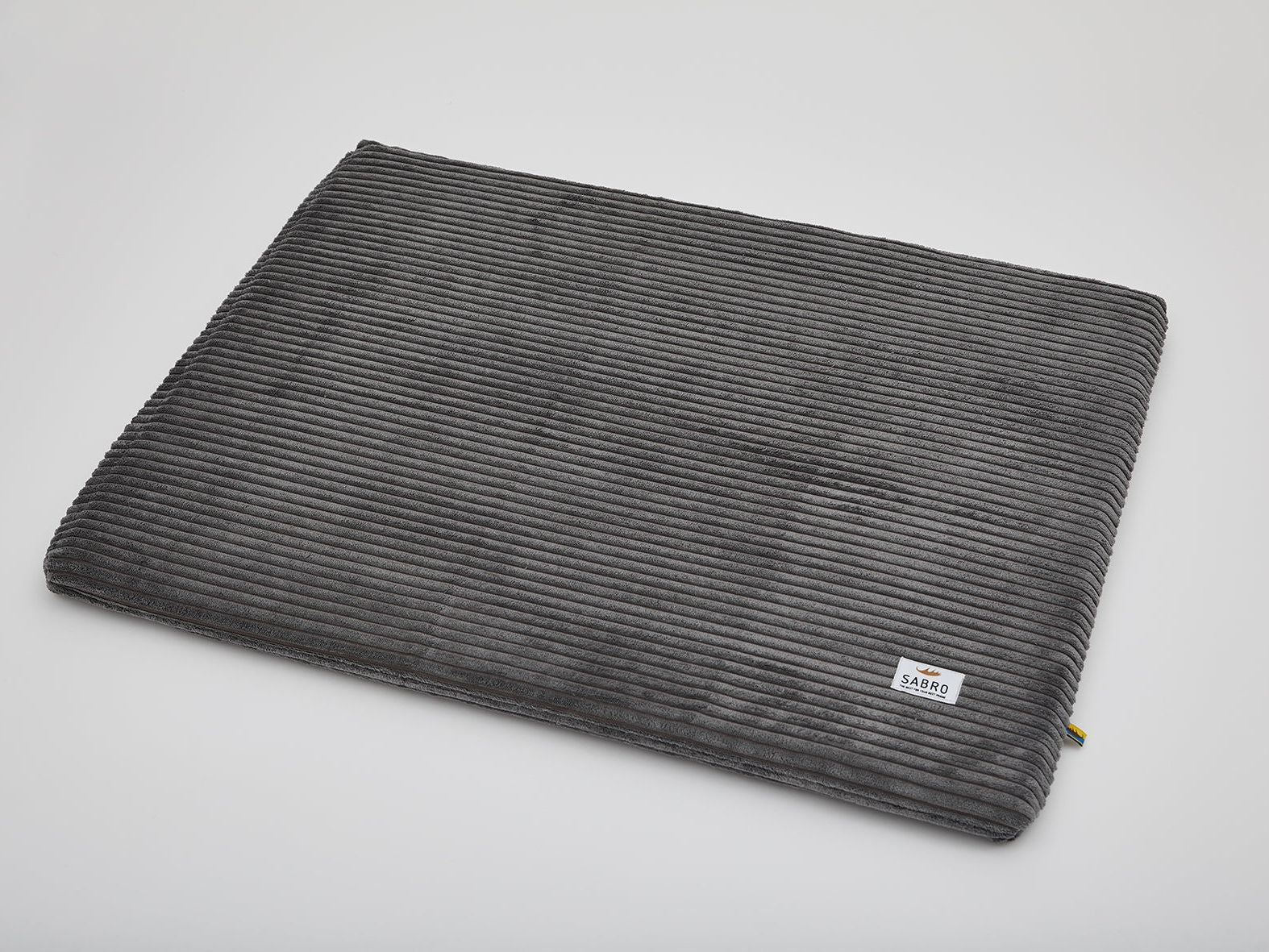
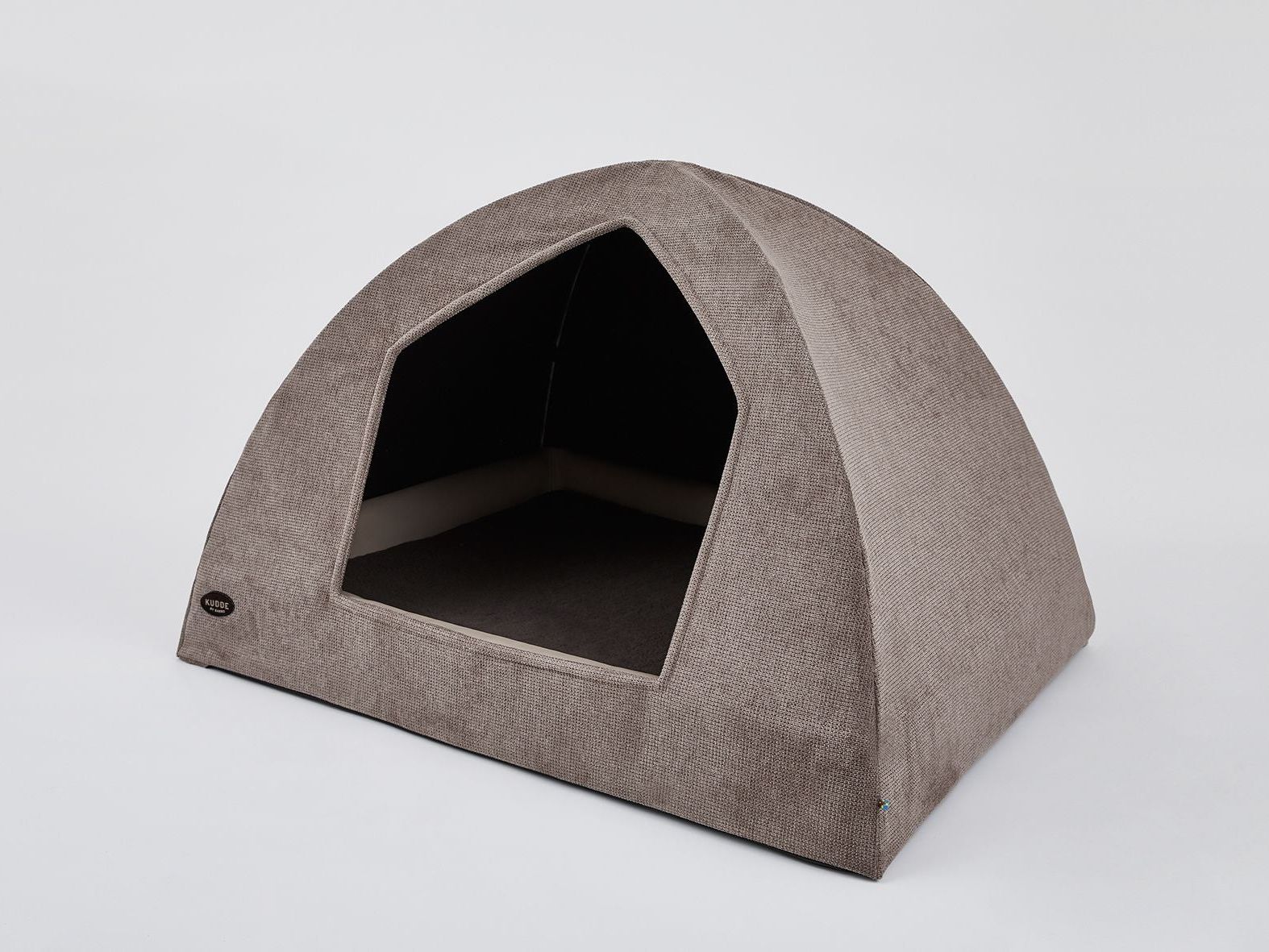
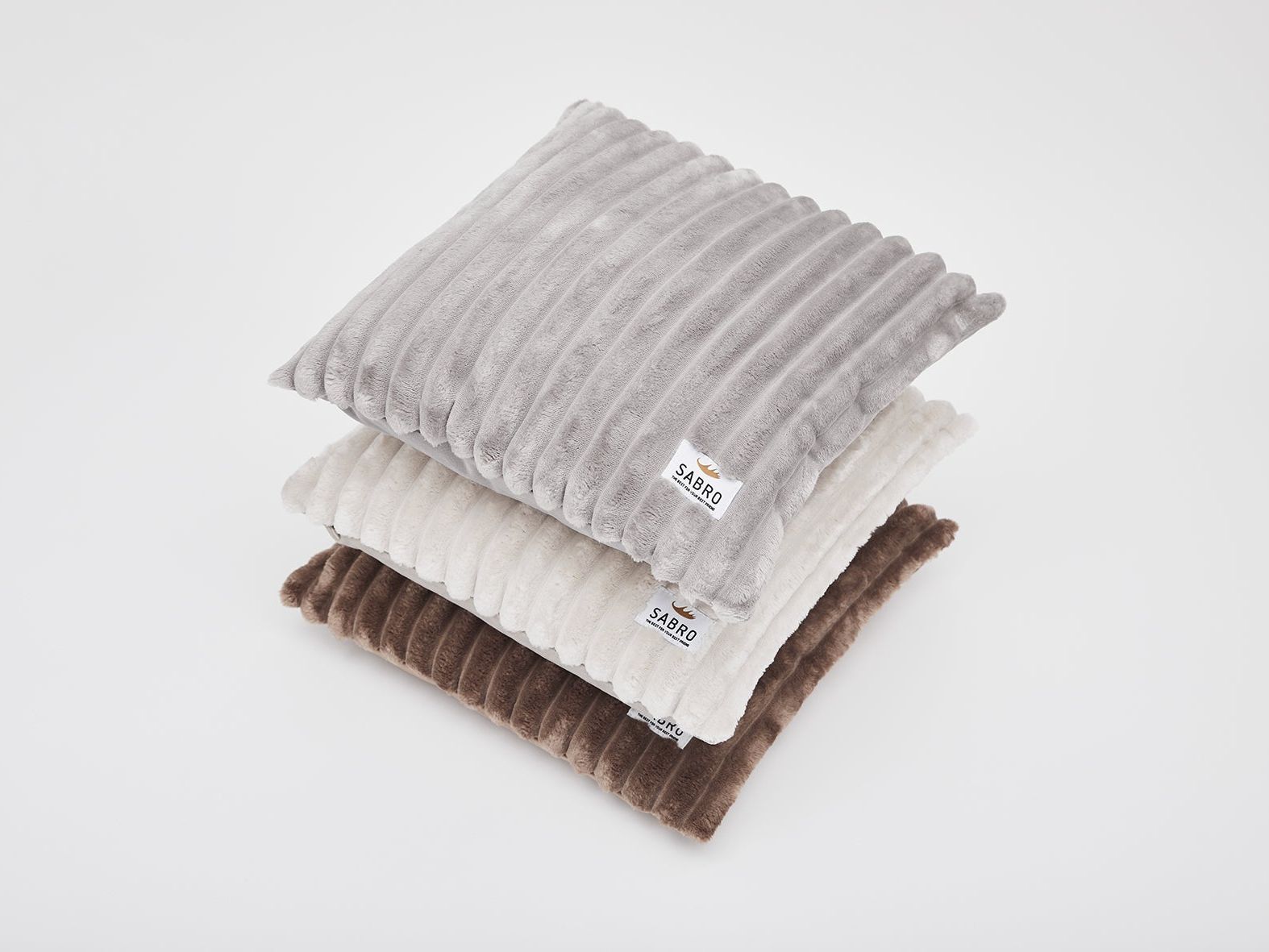
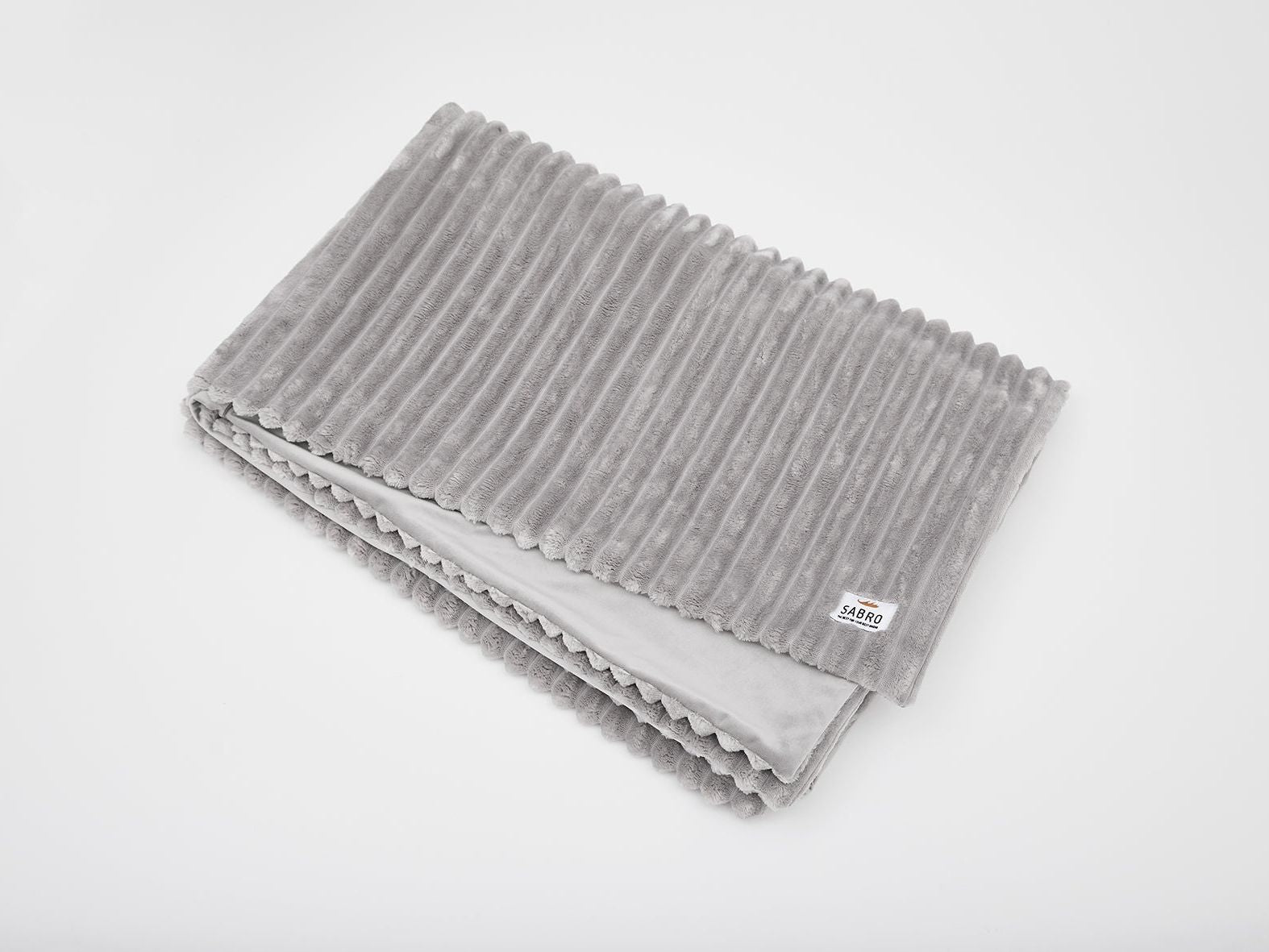
4 comments
Sven Badorrek
Hey dear ones I have had a kangal mix from the animal welfare organization from Bulgaria for 4 years she is unfortunately also almost blind but blind it is not really bad for dogs much worse is the fact that she is socially completely awkward before I got her she was probably locked up in the kennel for 5 months she is unfortunately and that is much worse than blind full time and would only have contact with other dogs over the fence barking aggressive so I got her the first two years were hell with her because she is a mix but the kangal comes through and she looks like it now she is 4 and we are inseparable she is much better with her own kind but they have to be robust otherwise she dominates everything I can only recommend the breed but only for people with experience you have to be consistent otherwise..... bad because they want to dominate lg
Hey dear ones I have had a kangal mix from the animal welfare organization from Bulgaria for 4 years she is unfortunately also almost blind but blind it is not really bad for dogs much worse is the fact that she is socially completely awkward before I got her she was probably locked up in the kennel for 5 months she is unfortunately and that is much worse than blind full time and would only have contact with other dogs over the fence barking aggressive so I got her the first two years were hell with her because she is a mix but the kangal comes through and she looks like it now she is 4 and we are inseparable she is much better with her own kind but they have to be robust otherwise she dominates everything I can only recommend the breed but only for people with experience you have to be consistent otherwise..... bad because they want to dominate lg
Nicole Hammling
We just got a Kangal puppy from animal welfare. He was abandoned together with his siblings and was the only one to survive. His siblings starved to death.
Tomi was lucky and the vet's wife raised him.
He is a sweet, cuddly boy who knows exactly what he wants. But he's also really lovely. We are experienced with Herdi's and have already had a Kangal mix and 2 Tornjaks. We have already fostered several Herdi's of different breeds.
I can confirm the crying thing. I've never had a dog, regardless of age, that whined so much and so loudly 🙈
I'm sure my neighbors think we're harboring a full-grown sea lion....
We just got a Kangal puppy from animal welfare. He was abandoned together with his siblings and was the only one to survive. His siblings starved to death.
Tomi was lucky and the vet's wife raised him.
He is a sweet, cuddly boy who knows exactly what he wants. But he's also really lovely. We are experienced with Herdi's and have already had a Kangal mix and 2 Tornjaks. We have already fostered several Herdi's of different breeds.
I can confirm the crying thing. I've never had a dog, regardless of age, that whined so much and so loudly 🙈
I'm sure my neighbors think we're harboring a full-grown sea lion....
Susanne Struck
I've been living with my Kangals for years, all of them from animal welfare.
Once a Kangal, always a Kangal!
My queen is Scully, she has a shoulder height of 87cm and is silver/grey in color
I've been living with my Kangals for years, all of them from animal welfare.
Once a Kangal, always a Kangal!
My queen is Scully, she has a shoulder height of 87cm and is silver/grey in color
Svenja Behluli
Hello, we got our Kangal girl Nala when she was 3 months old. We have been to dog school, she sometimes hears sparingly but ok. Nala loves all people, especially children (our grandchildren in 1st place). She is very friendly with other dogs and loves the dog run. Nala is not jealous of food and loves her vet. Alone in the garden is not an option as Nala becomes a crybaby, contact with her pack is very important to her and she is happy about every new person/dog she meets. Nala is our 1 dog and we would never give her away again. She will now be 3 years young in October.
Best regards from Solingen
Hello, we got our Kangal girl Nala when she was 3 months old. We have been to dog school, she sometimes hears sparingly but ok. Nala loves all people, especially children (our grandchildren in 1st place). She is very friendly with other dogs and loves the dog run. Nala is not jealous of food and loves her vet. Alone in the garden is not an option as Nala becomes a crybaby, contact with her pack is very important to her and she is happy about every new person/dog she meets. Nala is our 1 dog and we would never give her away again. She will now be 3 years young in October.
Best regards from Solingen